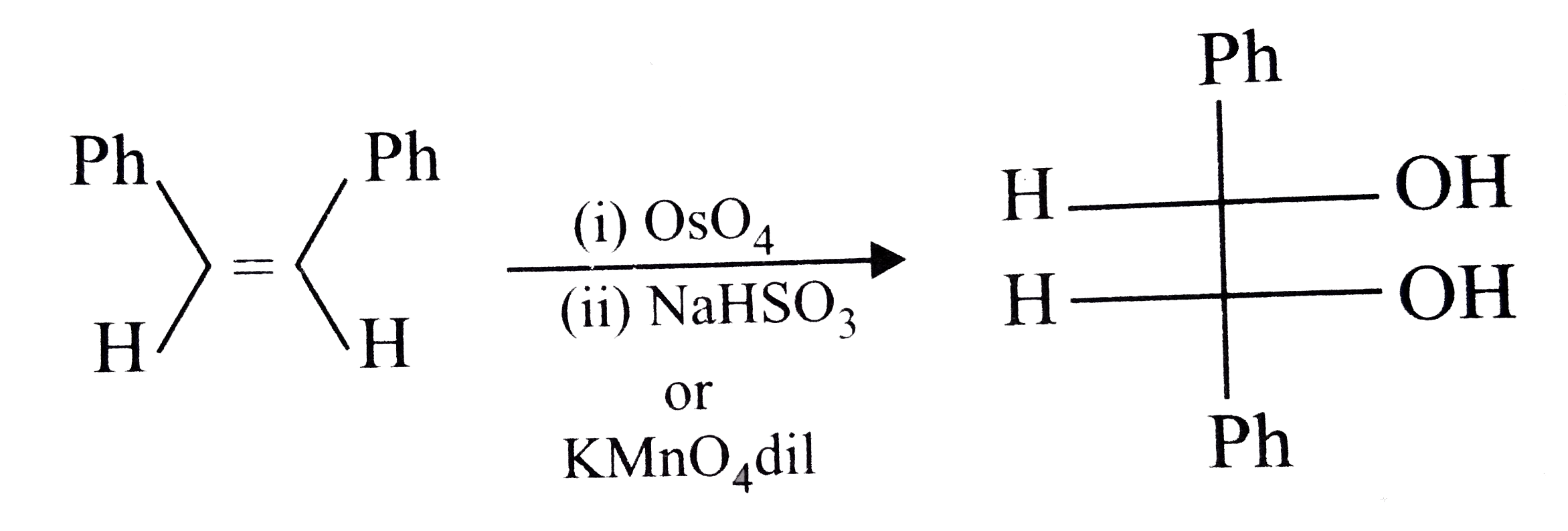Explain the given reaction with the examples :
Substitution reaction
Step-by-Step Solution:
1. Definition of Substitution Reaction:
A substitution reaction is a type of chemical reaction where an atom or a group of atoms in a molecule is replaced by another atom or group of atoms. In organic chemistry, this often involves the replacement of hydrogen atoms in hydrocarbons with other atoms or groups.
2. Example of Substitution Reaction:
Consider the reaction between methane (CH₄) and chlorine (Cl₂). When chlorine is introduced to methane in the presence of sunlight, a substitution reaction occurs.
3. Mechanism of the Reaction:
- Initiation: The reaction begins when chlorine molecules (Cl₂) are dissociated into two chlorine atoms (Cl) by the energy provided by sunlight.
- Substitution: One of the hydrogen atoms in methane is replaced by a chlorine atom. This results in the formation of methyl chloride (CH₃Cl) and hydrogen chloride (HCl) as a byproduct.
- The overall reaction can be represented as:
CH₄+Cl₂sunlight−−−−→CH₃Cl+HCl
4. Conclusion:
In this example, the hydrogen atom in methane is substituted by a chlorine atom, demonstrating the concept of a substitution reaction. The product formed is methyl chloride, and hydrogen chloride is released as a byproduct.
A substitution reaction is a type of chemical reaction where an atom or a group of atoms in a molecule is replaced by another atom or group of atoms. In organic chemistry, this often involves the replacement of hydrogen atoms in hydrocarbons with other atoms or groups.
Consider the reaction between methane (CH₄) and chlorine (Cl₂). When chlorine is introduced to methane in the presence of sunlight, a substitution reaction occurs.
- Initiation: The reaction begins when chlorine molecules (Cl₂) are dissociated into two chlorine atoms (Cl) by the energy provided by sunlight.
- Substitution: One of the hydrogen atoms in methane is replaced by a chlorine atom. This results in the formation of methyl chloride (CH₃Cl) and hydrogen chloride (HCl) as a byproduct.
- The overall reaction can be represented as:
CH₄+Cl₂sunlight−−−−→CH₃Cl+HCl
In this example, the hydrogen atom in methane is substituted by a chlorine atom, demonstrating the concept of a substitution reaction. The product formed is methyl chloride, and hydrogen chloride is released as a byproduct.
Topper's Solved these Questions
- CARBON COMPOUNDS BOOK - OSWAL PUBLICATIONCHAPTER - CARBON COMPOUNDS EXERCISE - BOARD CORNER (Very Short Answer Type Questions)
5 Videos
- CARBON COMPOUNDS BOOK - OSWAL PUBLICATIONCHAPTER - CARBON COMPOUNDS EXERCISE - BOARD CORNER ( Short Answer Type Questions)
23 Videos
- CARBON COMPOUNDS BOOK - OSWAL PUBLICATIONCHAPTER - CARBON COMPOUNDS EXERCISE - NCERT EXEMPLAR (Short Answer Questions)
32 Videos
- CARBON AND ITS COMPOUNDSBOOK - OSWAL PUBLICATIONCHAPTER - CARBON AND ITS COMPOUNDSEXERCISE - CREATING BASED QUESTIONS
23 Videos
- CHEMICAL REACTIONSBOOK - OSWAL PUBLICATIONCHAPTER - CHEMICAL REACTIONSEXERCISE - BOARD CORNER (Short Answer Type Questions)
3 Videos
Similar Questions
Knowledge Check
The given reaction,

is an example of :AStereospecific reactionBStereo selective reactionC(a) and (b) BothDOrdinary reaction
Give the examples of substitution reactions.
View SolutionExplain the given reactions with examples:
(a) Combustion reaction
(b) Oxidation reaction
(c ) Substitution reaction
View SolutionExplain the given reactions with the examples.
(a) Hydrogenation reaction , (b) Oxidation reaction
(c ) Substitution reaction , (d) Saponification reaction
(e) Combustion reaction
View SolutionWhat is an exothermic reaction ? Give an example.
View SolutionWhat is an endothermic reaction ? Give an example.
View SolutionExplain the following reactions with examples :
Combustion reaction
View SolutionExplain the following reactions with examples :
Combustion reaction
View Solution
